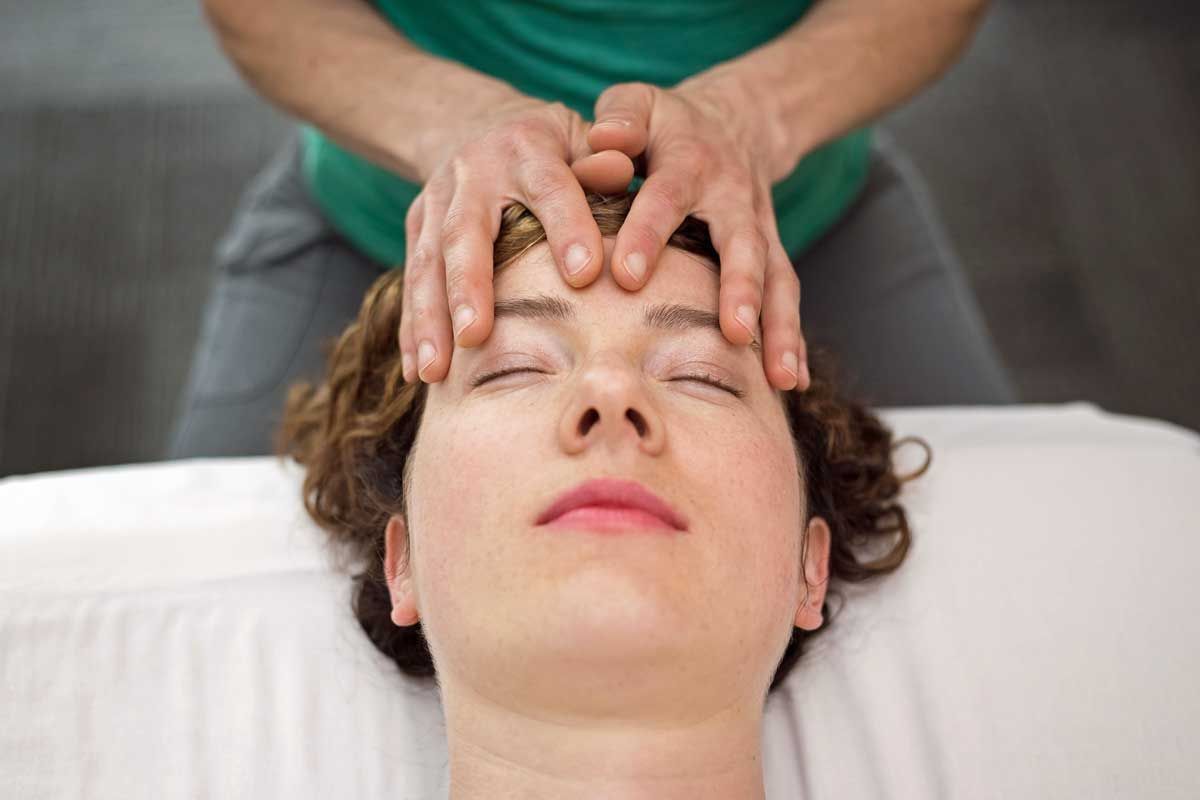Floating for Arthritis Pain Relief
Right now, more than 50 million Americans have arthritis.
While there’s no cure for this condition, many individuals find that floating provides both immediate and long-term relief for the pain and stiffness commonly associated with the condition.
Here’s what you need to know.
What Is Arthritis?
Arthritis is a common condition that affects the joints.
Contrary to common belief, it’s not a single condition or disease. Instead, it’s a grouping of more than 100 different types of arthritis.
While inflammation causes some types of arthritis, others are caused by the degeneration of cartilage, which causes bone to rub against bone.
The symptoms of arthritis are consistent and typically include pain, stiffness and swelling.
How Floating Alleviates Arthritis Pain
Until now, the treatments for arthritis were few and far between.
While some patients found relief through medication or surgery, there was no cure for the condition. Today, however, more patients are turning to alternative treatments, including floatation therapy.
Floatation therapy works on arthritis for many reasons. The first and most obvious is that floating relieves the body from the effects of gravity, which decreases strain and stress on joints.
Beyond that, though, floatation therapy also utilizes Epsom salt, which has far-reaching effects on arthritis symptoms.
When you enter a float tank, you’re soaking in about 1,200 pounds of Epsom salt, which is what makes you so buoyant.
Epsom salt, or magnesium sulfate, “works wonders” on arthritis pain, notes the
Arthritis Foundation
, primarily because magnesium sulfate crystals can boost magnesium levels in the body, which helps relax, lubricate and protect muscles, connective tissues and nerve impulses in patients suffering from both rheumatoid arthritis and osteoarthritis.
Other Benefits of Floatation for Arthritis
The antigravity nature of floatation should not be underestimated when it comes to treating arthritis. Because floating removes the effects of gravity, it allows your muscles and joints to relax and decompress.
During your float session, unlike virtually any other time in your life, your muscles have an opportunity to relax fully, which is essential for pain relief.
Finally, floatation therapy reduces the stress hormone, cortisol. Because stress is a known factor in arthritis complications, this is an essential benefit of floatation therapy.
While floatation won’t cure or remediate arthritis all on its own, the rest, relaxation, stress reduction, and anti-gravity experience offered by floatation therapy, are all essential to providing relief from joint pain and promoting a healthier and more comfortable lifestyle.
Floating: A Smart Treatment for Arthritis
If you’re at the end of your rope with arthritis pain, floatation therapy could be an interesting avenue to explore.
While there is no cure for arthritis, many people find the treatments that exist aren’t doing as much for pain mitigation as they should. This can be a frustrating experience. After all, who wants to live in pain?
If you talk to anyone who has utilized flotation therapy as a treatment for arthritis, though, you’ll find that they report outstanding results. Not only does floatation therapy reduce the immediate pain of arthritis, but it can promote long-term stress reduction and wellness.
If you’re ready to try flotation therapy,
contact Still Life Massage and Float
today to
book your first appointment!




